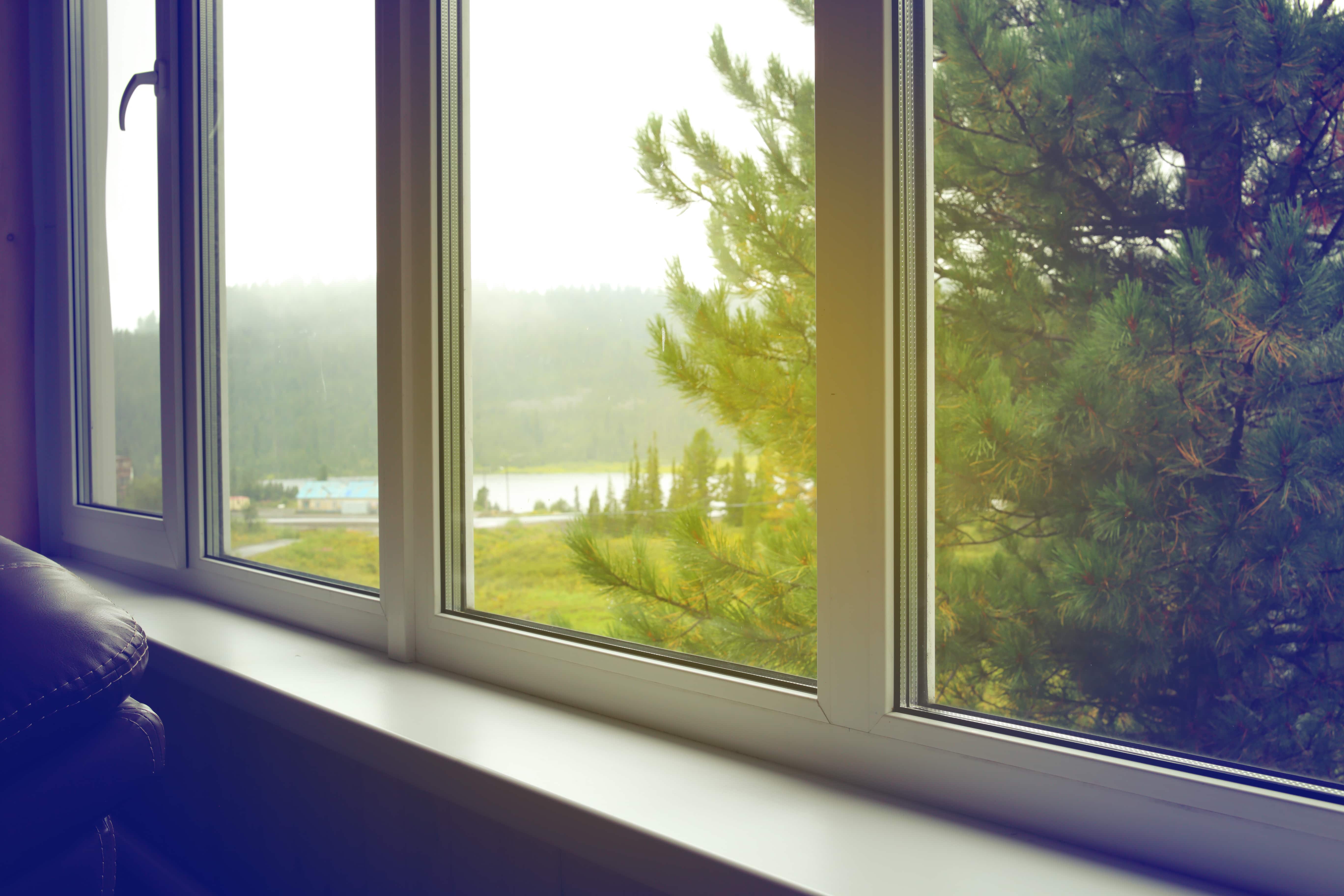All Categories
Featured
Table of Contents
Is Double Glazing Worth It? in Henley Brook Western Australia
That window can transmit more solar heat in winter season than in summertime. A west-facing window on a summer season's afternoon has an angle of occurrence from near 0 as much as 30 with a big effective location of solar radiation. A north-facing window, in summertime, has a high angle of incidence and a low reliable area of solar radiation, so can transmit less heat than a west-facing one.

You can quickly and easily enhance the thermal efficiency of your house by replacing your windows. This is one of the most efficient methods of remodelling to accomplish improved thermal comfort. There are countless types of glass and frames to pick from. Picking the ideal ones is crucial to enhancing the energy effectiveness of your home.
Double Glazed Windows & Doors Melbourne & Sydney in Beaconsfield Western Australia
Single glazing with clear glass is not extremely effective when it comes to heat loss or gain. To enhance efficiency, you can utilize single glazing with a more energy-efficient type of glass such as low emissivity (low-e) glass.
Numerous layers can be put together with sealed cavities between each sheet of glass. IGUs usually use much better energy efficiency than single glazing, since they transfer less energy. Nevertheless, the energy efficiency of IGUs also depends on: the residential or commercial properties of each layer of glass. Various glass types (for instance, clear and low-e glass) can be put together in an IGU.
Climateframe Double Glazing: Perth's Double Glazed ... in Inglewood WA
![Best Way To Block Sun Heat From Windows [Professionally] in Hillman Western Australia](https://www.aaaglass.com.au/thumbnaillarge/outdoor3.jpg)
IGU cavities can be filled with air or a more inert, low-conductivity gas such as argon the width of the cavity. Larger cavities supply lower (much better) U values, with 12mm typically accepted as the preferred space how well the cavity is sealed.
If argon is installed to the cavity in location of air, wetness is dependably omitted the level of desiccant (drying representative). The spacer (metal or polymer strip) that separates the glass layers consists of a desiccant to take in any wetness. Inadequate desiccant may cause wetness to condense on the glass surface in cold conditions, reducing thermal performance.
Guide To Double Glazing – Functional And Energy Efficient in Edgewater Western Australia
IGUs can deliver much better energy performance for all climates, specifically in heated and air-conditioned houses. Cross-section detail of single, double and triple-glazing systems Low emissivity glass (commonly called low-e glass) minimizes heat transfer. Low-e glass may be either high or low transmission: High transmission low-e glass has a covering that allows daytime from the sun to enter the house to accomplish great solar heat gain, however reduces the amount of the long wavelength infrared heat that can leave back through the window.
Low-e glass has either a pyrolytic coating or a vacuum-deposited thin movie metal coating. Pyrolytic finishings are long lasting and can be utilized for any glazing; vacuum-deposited coatings are soft and are only utilized within IGUs. Low-e coverings can considerably enhance both U worth and SHGC; however, they must be utilized correctly or they will either degrade or stop working to perform as needed.
Double Glazed Windows Melbourne in Cloverdale Western Australia
Low-e finishes can be utilized in combination with clear, toned or reflective glass. Low-e coverings on glazing can decrease heat transfer where needed Picture: Department of Industry, Science, Energy and Resources Toned glass has colouring additives consisted of during manufacture. It is available in various colours, typically bronze, grey, blue and green.
Latest Posts
Double Glazed Windows: A Complete Guide in Kelmscott WA
How Does Double Glazing Keep Heat Out? in Lathlain Western Australia
A Complete Guide To Double Glazed Windows in Wembley Downs WA